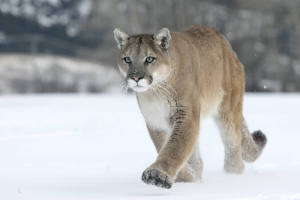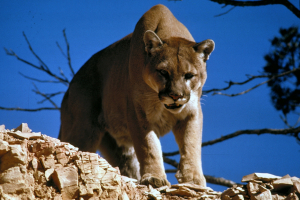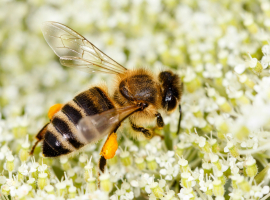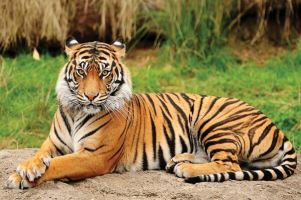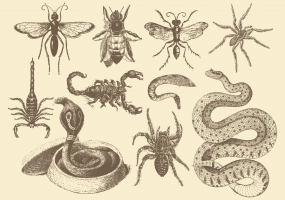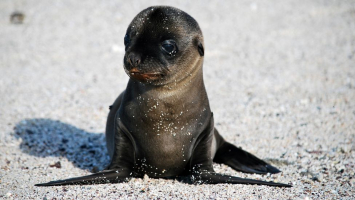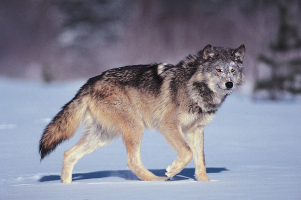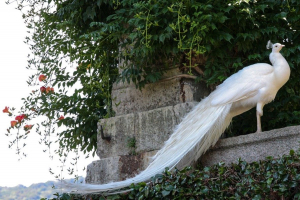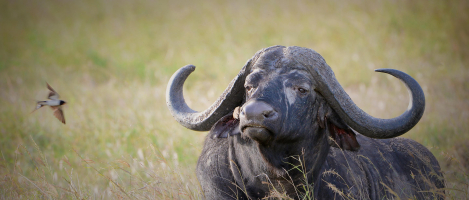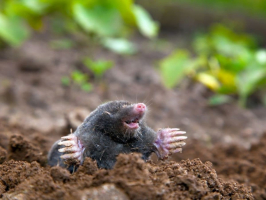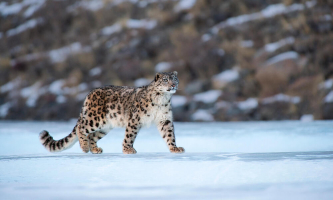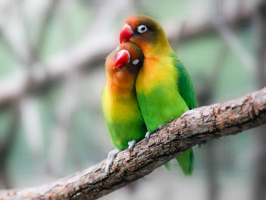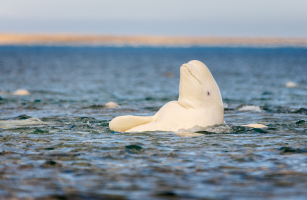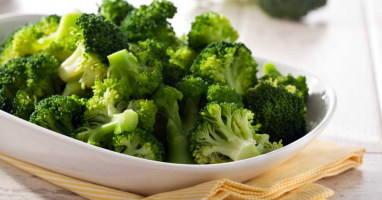Top 10 Most Interesting Animals Laying Eggs Surprising You
Animals can reproduce in a variety of ways. Some animals give birth like humans. A few animals reproduce via budding, which is when a portion of the original ... read more...species expands into a new creature. Many different animals have offspring that are born from eggs. The list below surprises you with the most interesting animals laying eggs
-
Ostriches are the quickest runners of any bird or other two-legged animal, capable of sprinting at speeds of over 70 kilometers per hour and covering up to 5 meters in a single stride. Therefore, the fact that the largest bird egg is laid by the largest bird — the ostrich – should come as no surprise. A captive ostrich laid the thickest ostrich egg ever recorded. The egg weighed 5 pounds and 11 ounces. Ostrich eggs are 6 inches long and weigh 3 pounds on average. That's nearly 20 chicken eggs in size!
Each year, the breeding season of the ostrich runs from March through September. The male does an elaborate dance in which he appears to kneel to the ground and shake his feathers, one wing at a time, while his tail bobs up and down. The most territorial male will mate with flocks of three to five hens at a time, but only with the most dominant hen will he create a pair bond. Other men will also have a chance to mate with the remaining females.
Measuring around 25cm (10 in) tall and weighing around 1 to 1.2kg (2 to 2.6lb), ostrich chicks are substantially larger than many mature birds and are around the same size as a small chicken as a result! After hatching, the chicks are generally inactive for about a day, but by days 2 or 3, when they can walk, they start chasing after their parents and other chicks.
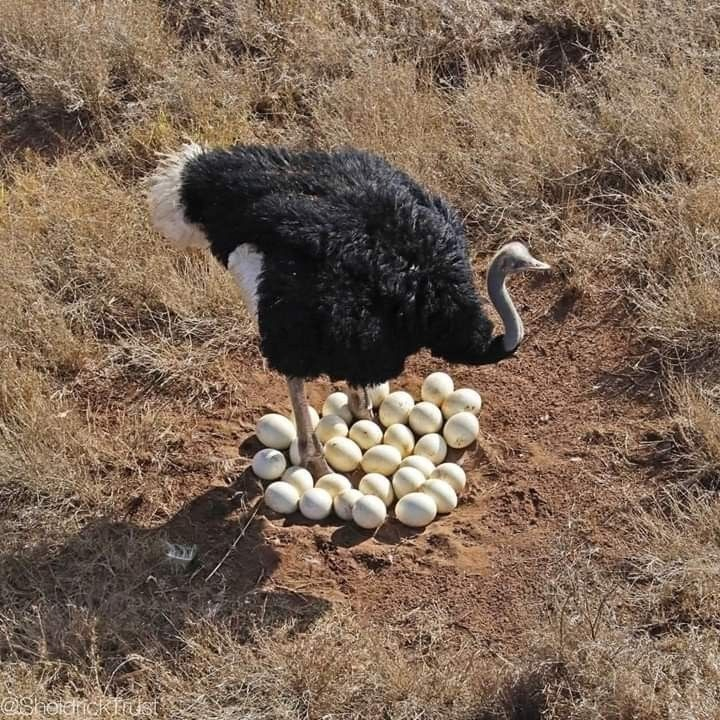
Photo: Pinterest Source: Reptile's Story -
To lay their eggs, sea turtles always return to the beach where they were born. Each October, for example, tens of thousands of sea turtles swarm a Costa Rican beach in an event known as the arribada, or "arrival." They lay their leathery eggs in holes in the sand. Their offspring hatch at the same time and thousands of babies race back to the ocean through a maze of predators.
During the breeding season, sea turtles mate in the open ocean. A hole dug by the sea turtle includes from 65 to 180 eggs. Over the course of several months, each nest is laid around two weeks apart. In total, two to eight clutches of eggs can be produced per breeding season. One of the more interesting facts is that the sex of the turtle is determined by the temperature of the surrounding environment. As the temperature rises, more females are born.
Sea turtle hatchlings consume a wide range of prey including things like mollusks, hydrozoans, sargassum seaweed, jellyfish, crustaceans, and fish eggs. Unfortunately, hatchlings will also eat trash and other items like tar balls when they think they are food. Baby sea turtles must suffer from a variety of predators once they leave the nest, including ghost crabs, birds, raccoons, dogs, and fish.
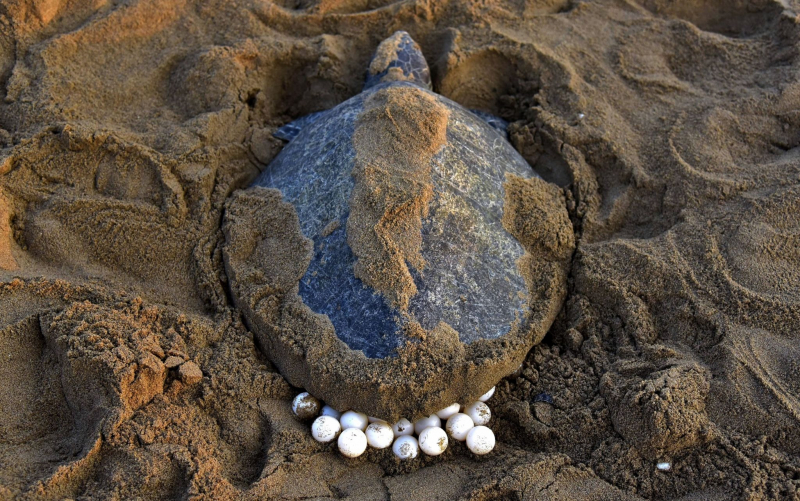
Photo: BBC 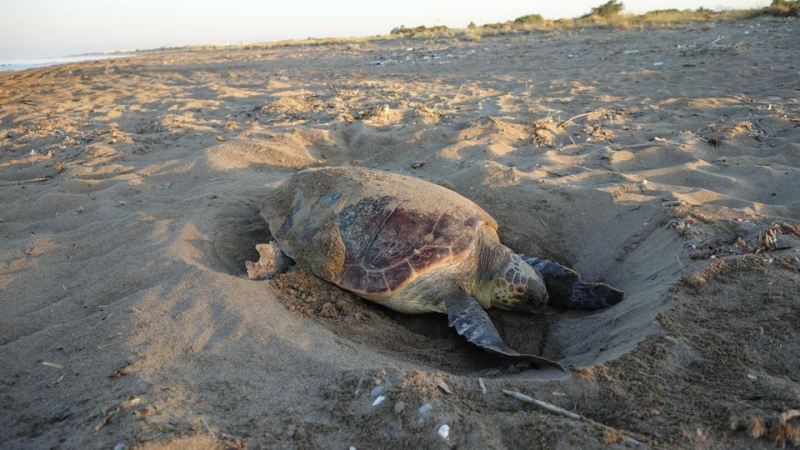
Photo: TRT World -
Crocodiles is one of the most interesting animals laying eggs because the nest temperature will determine the sex of the offsprings. These aquatic reptiles, like all reptiles, lay their eggs on the ground. They build nests on the riverside, and female crocodiles are famous for being attentive mothers who aggressively guard their nests to safeguard them from predators until they are ready to hatch
Androgenic hormones occur inside the egg when the temperature in the nest rises beyond 34 degrees Celsius (93.2 degrees Fahrenheit). As a result, male offspring are produced. Because these hormones are not produced at lower temperatures, the embryos remain female. Therefore, a nest on a sunny riverbank will almost certainly generate male crocodiles, whereas a shaded nest will almost certainly generate females. When the hatchlings begin to emerge, the female crocodile transports them to the water by carrying them in her throat pouch.
Even though crocodiles are renowned for their power, you might be surprised to find that the majority of their young don't survive past their first birthdays. This is due to the fact that there are several crocodile predators, such as lizards, hyenas, and even other crocodiles. Because of this, several crocodile species are categorized as endangered.
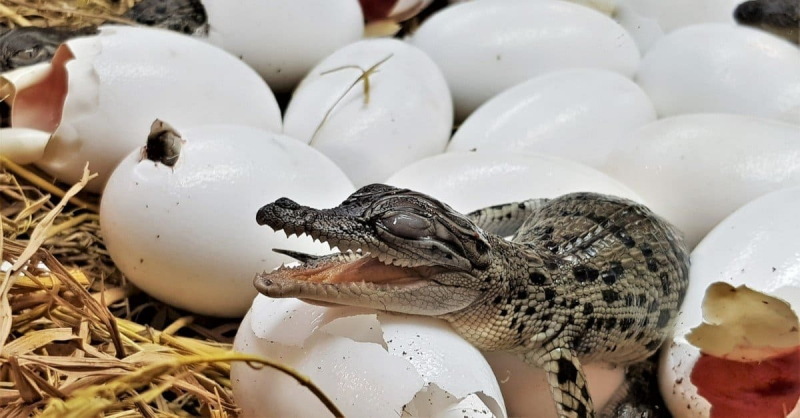
Photo: A-Z Animals Source: Reptile's Story -
Amphibian animals, such as frogs, and toads give birth in water. There is no hard shell on the eggs. Instead, they're arranged in a jello-like mass. Some tropical frogs lay their eggs in tiny pools of water trapped between plant leaves or in tree branches. The poison dart frog piggybacks its newly hatched tadpoles from the treetops to ground-level water sources. Their babies, known as larvae or tadpoles, live in the water, breathing through their gills and searching for food in the same way as fish do. Tadpoles acquire legs and lungs as they mature, allowing them to live on land.
All amphibians are predators of other animals, and they will frequently eat anything tiny enough to be swallowed whole. The majority of amphibians can only eat invertebrates, although larger amphibians will eat tiny fish, other amphibians, and even small mammals. Most amphibians reside in wetlands or forests on the ground, but others live in trees and a few species can survive in deserts and other dry environments.
Like reptiles, amphibians are cold-blooded. They need highly specialized living circumstances because of their unique skin. Their cells can be harmed by too much sun. A lot of wind can dry up an animal's skin and cause dehydration. Therefore, when their habitats are disrupted or contaminated with chemicals like weed killers, amphibians are the first to go extinct.
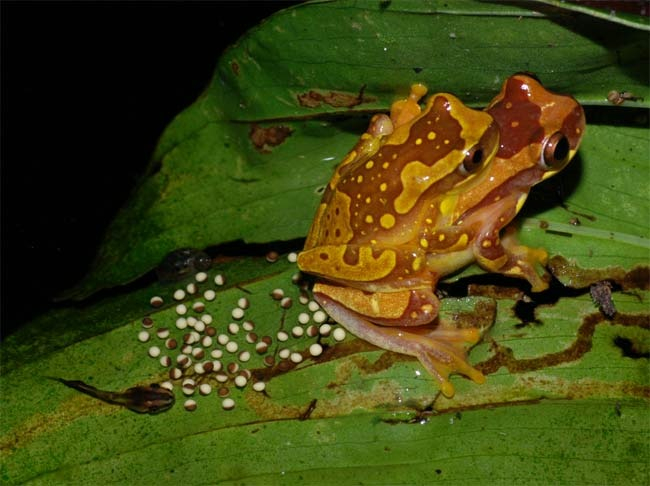
Photo: Live Science 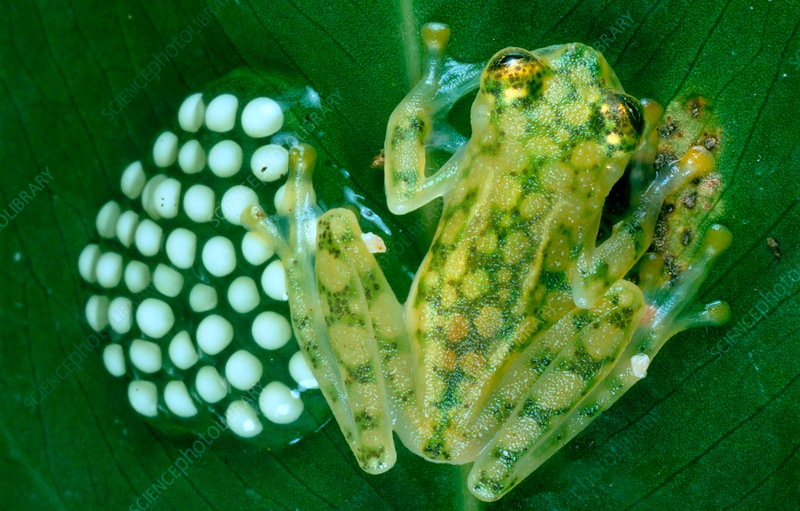
Photo: Science Photo Library -
The cabbage aphid is a member of the Brevicoryne genus. The name, which roughly translates to "little pipes," comes from the Latin words brevi and coryne. There are two tiny pipes in aphids known as cornicles or siphunculi. Cabbage Aphid is one of the most interesting animals laying eggs because the female can produce genetic copies of itself, up to 10 offspring per day. With the help of a microscope, the first embryo of the next generation can be observed within newly hatched females. The eggs hatch inside the mother's body, just as the reptiles. Males are likewise born late in the season, as mating provides for genetic diversity. After that, the female deposits eggs, which will overwinter and hatch the following spring.Cabbage Aphids have two ways of reproducing. Females give birth to female nymphs without mating in warm climates (e.g., Florida and Hawaii). In this scenario, an aphid colony is entirely made up of females. This also happens in temperate climates during warmer seasons. In temperate areas, however, the mechanism of reproduction shifts as the temperature drops in the autumn. Males are also produced in response to cold temperatures or a change in photoperiod.
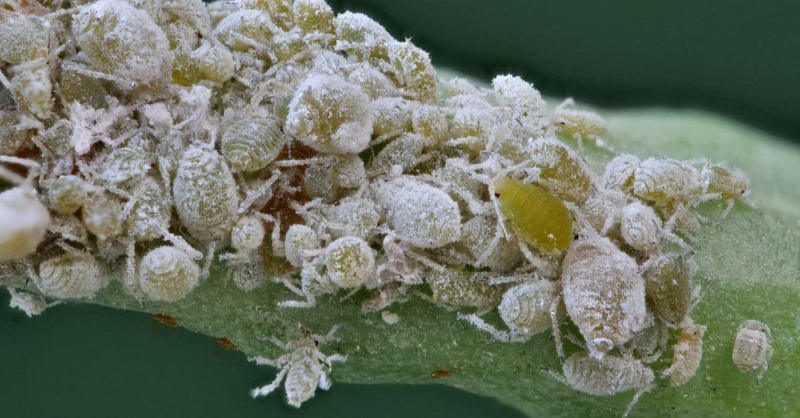
Photo: A-Z Animals 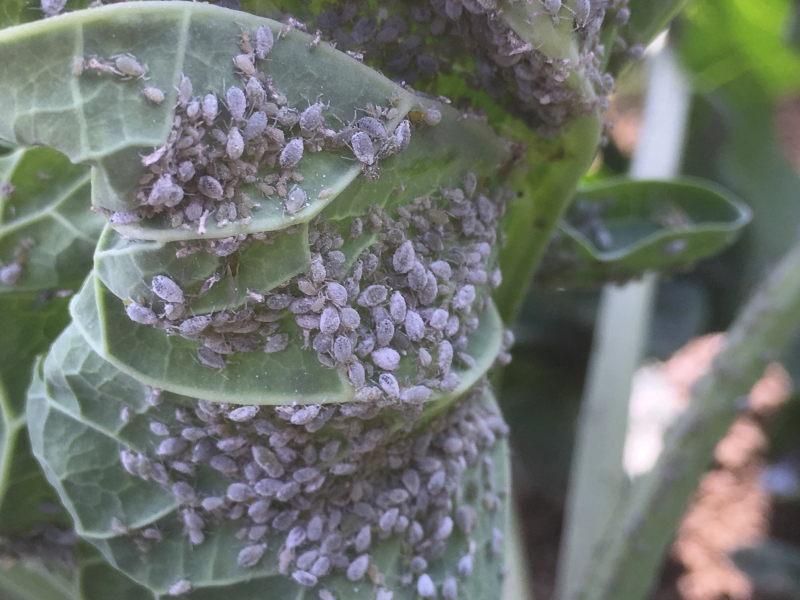
Photo: Umass Extension -
During courtship, a male spider exhibits a variety of actions in the hopes that the female will accept his sperm. Pulling on the web, swaying his body, pushing the female's legs, vibrating his belly, tapping on the web, and rolling his palps are examples of these activities. A male spider holds his sperm in his palps after depositing it into a sperm web. Then he approaches a female spider with caution. The sperm is deposited into a hole on the underside of the female spider's abdomen by the male spider.
Spiders will produce between 2 and 1000 eggs, depending on the species. The majority of spiders lay their eggs in a spider silk bag. They could be underground or supported by the web. A few spider species, however, carry their eggs with them. The egg sac is carried by nursery web spiders using their mouthparts. The egg sac is attached to the spinnerets at the back of the abdomen by wolf spiders. The newborn spiders clamber onto the mother's back as the eggs hatch and spend their first days there.
Babies frequently remain inside the sac to complete development after they hatch. Some mothers remain in the sac until the spiderlings emerge, while others depart or pass away before seeing their offspring.
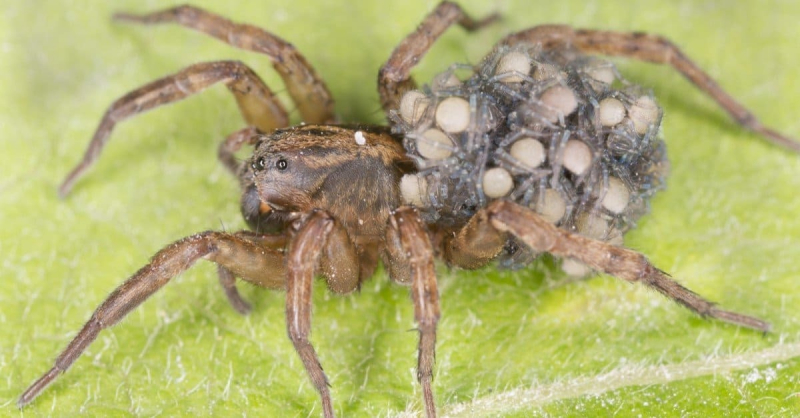
Photo: A-Z Animals Source: Reptile's Story -
Male seahorses are often considered the only species in which males give birth rather than females. Because the eggs are kept in a specific pouch on the male's stomach, this is the case. He gives birth to live young after they hatch. Male seahorses can become pregnant and give birth to thousands of babies at the same time! Female seahorses lay their eggs in the pouches of male seahorses, which are fertilized. The seahorse embryos are discharged from the male's pouch at an exceedingly fast rate after about three weeks of development.
After up to 45 days in the brood pouch, seahorse young hatch. The jelly bean-sized baby seahorses discover other young ones and float together in small groups, holding on to one another with their tails. Baby seahorses do not go back to the pouch-like kangaroos do. As soon as they are born, they need to obtain food and hide from predators.
Seahorse offspring will cling to objects after birth, however, they are particularly vulnerable to predators. In general, only a small fraction of seahorse babies (also known as "fry") survive. This varies by species, although it can be as low as 1% in some cases. Males and females of many seahorse species are monogamous, meaning they will mate for life. Seahorse species are also known for their elaborate courtship rituals that can last for hours or even days.
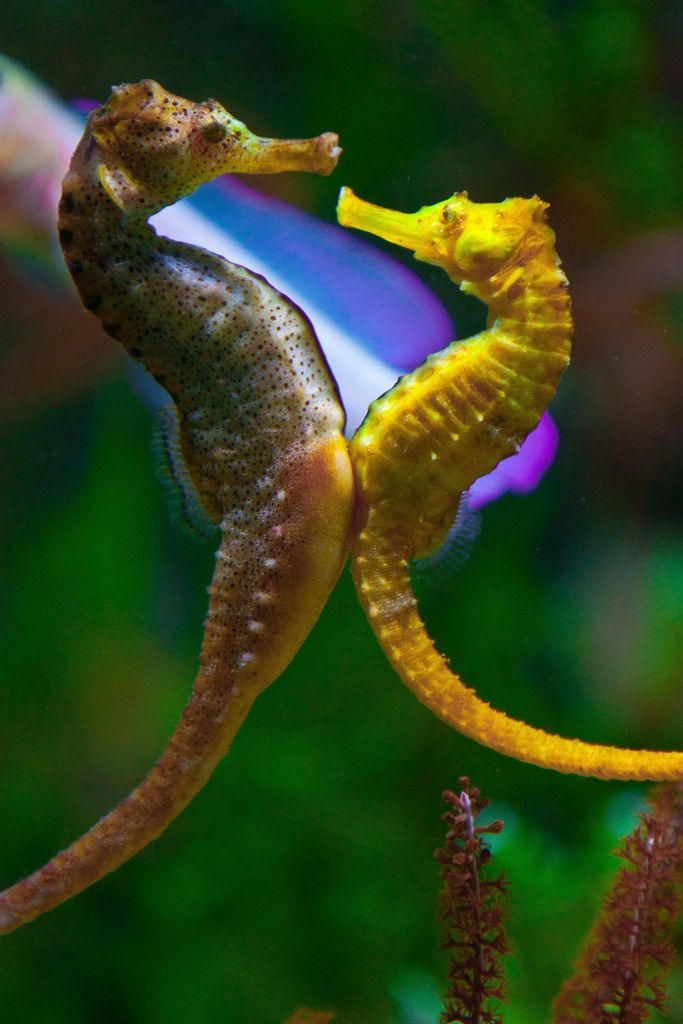
Photo: Pinterest Source: Reptile's Story -
The caviar, which is famous for its delicacy, is actually fish eggs laid by sturgeons. These long-lived fish have an average lifespan of 50 to 60 years, with many individuals living for 100 years or longer. External fertilization is the way they reproduce. Females typically lay 100,000 to 3 million eggs per cycle, although not all of them are fertilized.
A single female sturgeon can lay up to half a million eggs in her lifetime, but only a few will develop into adults (mom and dad provide no protection or nest for the eggs once laid). The eggs get sticky and stick to the bottom of the substrates. Larval fish follow river currents downstream into backwater areas after an eight to fifteen-day gestation period. Small fry eventually returns to larger rivers. Many species move up rivers to breed, making them anadromous.
Although sturgeon have outlived numerous species and lived for hundreds of millions of years, the rise of the human population has had a negative impact on their population. These fish are mostly valued for their flesh and roe as a food source. It was almost hunted to extinction because its eggs were in high demand. Therefore, the Endangered Species Act now protects sturgeon, and new procedures allow eggs to be gathered without injuring the fish.
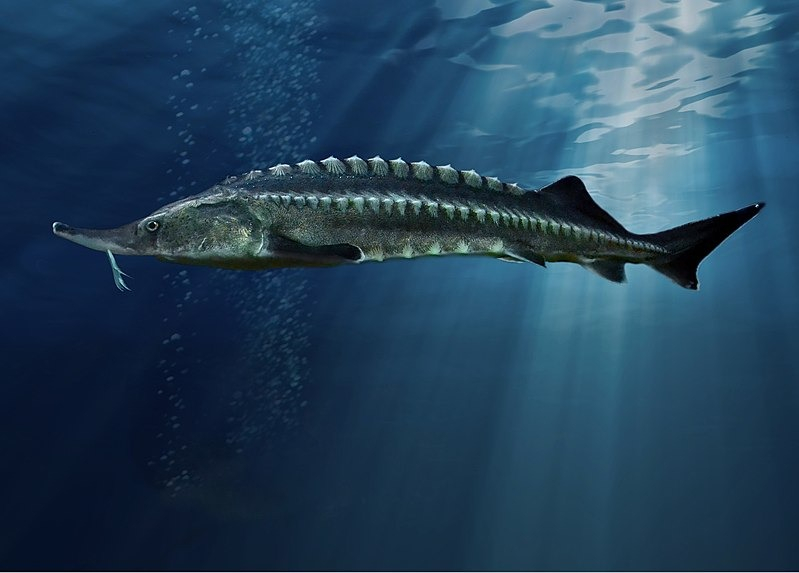
Photo: Wikipedia 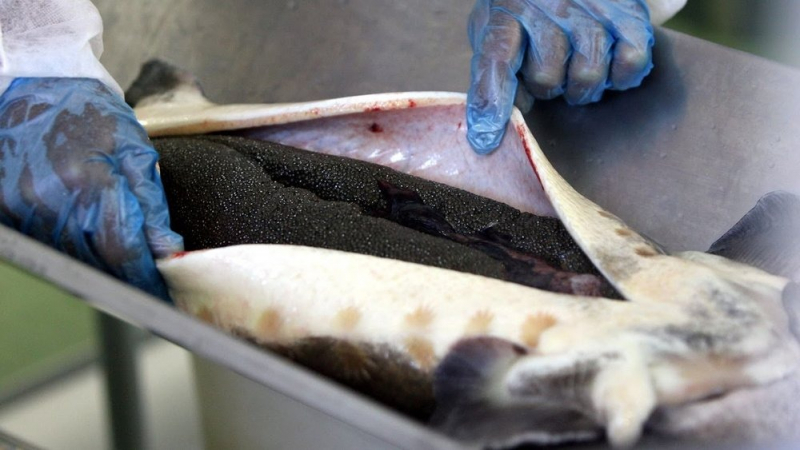
Photo: Tehran Times -
The monotremes is the oldest class of animals still alive. Members of this group are egg layers as well as share primitive skeletal traits with other living mammals, such as the shoulder girdle and skull characteristics.
When compared to more common mammalian kinds, monotremes have anatomical differences in their brains, jaws, digestive tract, reproductive tract, and other body parts. Furthermore, rather than bearing live young, female monotremes lay eggs, yet, like all mammals, they nurse their young with milk. Monotremes, like other mammals, have a fast metabolic rate, hair on their body, milk produced by mammary glands to nourish their young, a single bone in their lower jaw, and three middle-ear bones.
The platypus and echidna are the only monotreme species still in existence. They can be found only in Australia and New Guinea (an island not far from Australia). The monotremes mother carries the eggs inside her body for a long time to supply nutrition. She deposits the eggs in a nest or den, and the chicks hatch after about ten days. When the pups, known as "puggles," hatch, they are undeveloped, similar to newborn marsupials. Monotremes feed their young with milk, unlike other egg layers. They excrete milk through glands in their skin rather than a nipple or teat.
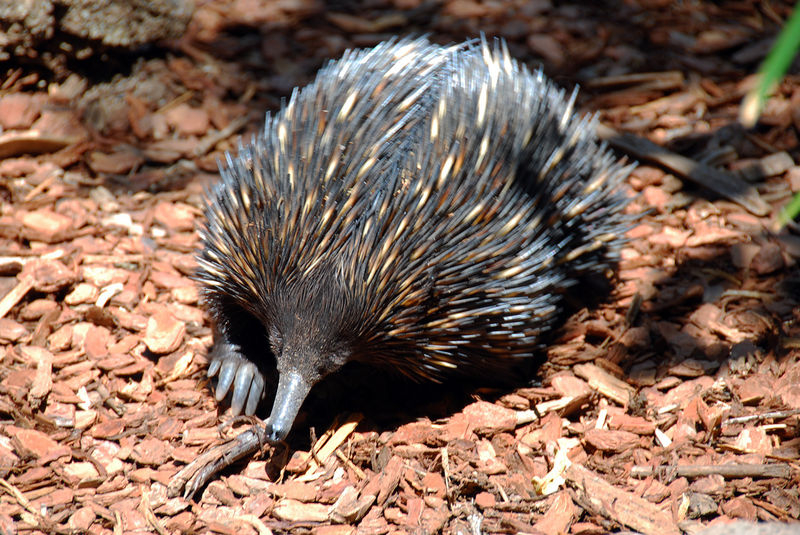
Photo: CK-12 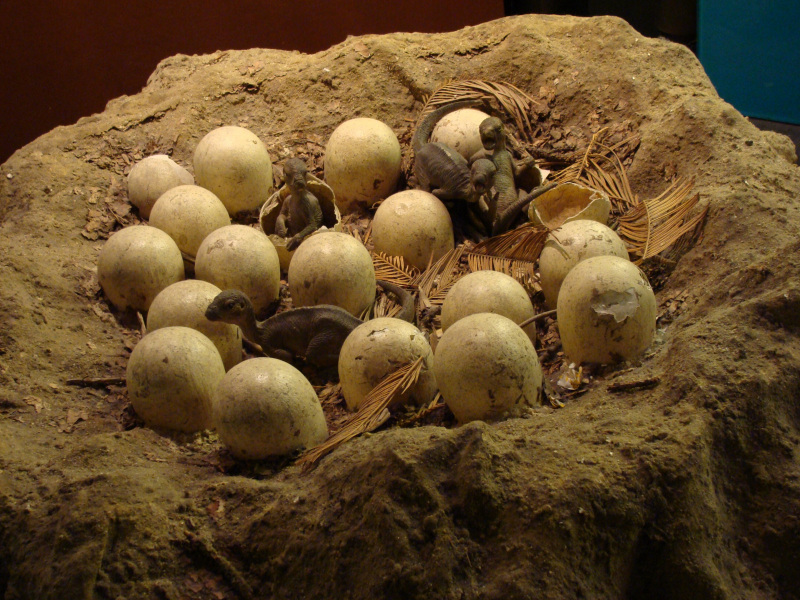
Photo: Critter Squad -
The coral reef is the most interesting animal laying eggs. During a two-day period each year, a single coral can generate and release millions of eggs. However, because many filter-feeders come to feast on the eggs and larvae, this is called a "risky" reproductive method. Each coral releases millions of potential babies, but only about two will survive to adulthood.
Reproduction in coral reefs is both asexual and sexual. Asexual reproduction occurs in corals through budding or fragmentation. New polyps "bud" off from parent polyps to generate new colonies by budding. When a colony fragments, the entire colony (not just a polyp) splits off to establish a new colony. Some coral species, such as Brain and Star coral, generate both sperm and eggs at the same time during sexual reproduction. Other corals, such as Elkhorn and Boulder corals, generate only sperm whereas all polyps in another colony produce only eggs.
All stony corals produce male and/or female gametes in about 75 percent of cases. The vast majority of these species broadcast spawn, dispersing enormous quantities of eggs and sperm into the water to disperse their young across a wide area. Planulae, free-floating or planktonic larvae, are created when the sperm and eggs combine.
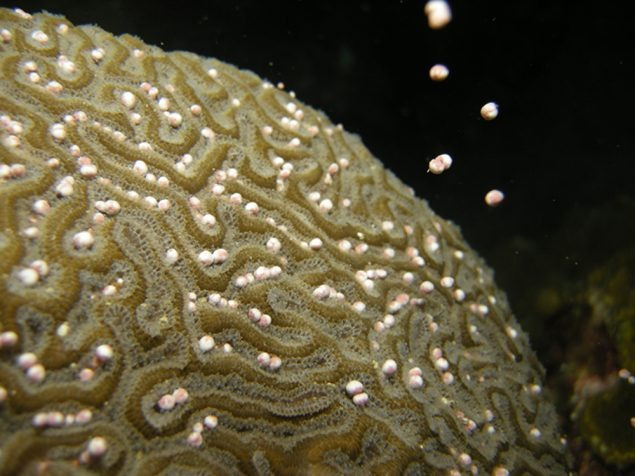
Photo: GFOE Source: Nature on PBS













